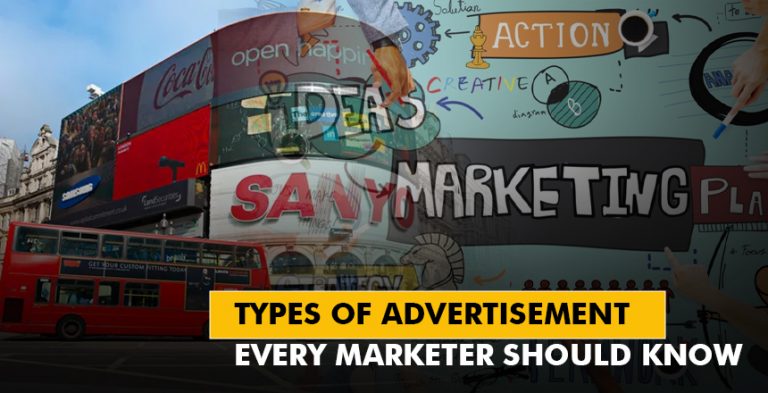In the current generation, any small business aspiring to grow needs to incorporate digital
marketing for it to achieve the intended goal. Since there are a large number of opportunities in
digital marketing and numerous methods to promote a business, it is rather challenging for small
business owners to select the most appropriate approaches. This post is a small business’s
guide to understanding the basics of digital marketing, an outline of some of the components
and strategies that are workable techniques for the business, and some tips to help you out.
Digital Marketing: A Newbie’s Guide
Digital marketing is the use of digital platforms, including the use of search engines and social
sites, emails, as well as websites to market products or services. Concepts such as customer
profiling and target market preferences make a positive difference with digital marketing
because it is easier to market products to the right customer than using conventional methods.
Here are the most common forms of digital marketing:
a. Search Engine Optimization (SEO): This also implies incorporating your website into Search
Engine Optimization so it is more visible and better than by other search engines such as
Google and makes website traffic organic.
b. Pay-Per-Click (PPC) Advertising: In PPC, companies make payment on every click, though
they know they will be able to place their ad and get visitors to their site.
c. Social Media Marketing: Other important benefits of social media in business include,
therefore, the use of social media to post exciting content on the screenshot below and share it
on Facebook, Instagram, and Twitter, which increases brand awareness, customer
engagement, and website traffic.
d. Email Marketing: Email marketing as a form of communication allows businesses to send
appropriate email correspondence to a specific, tailored list of subscribers and, as a result, can
be used as a relationship-building tool that will help to increase sales and favorable customer
loyalty.
e. Content Marketing: This way businesses are able to develop content that is helpful and
interesting to the target audience and thus obtain rewarding customer behavior.
Overcoming Barriers to Web 2.0 in Small Business
The overall strategy of digital marketing is made up of the above-mentioned approaches. Here
are the steps to create a digital marketing plan for your small business:
a. Define Your Goals: It’s also important to define your goals in very direct and tangible terms in
terms of what digital marketing strategies you want to use. What is your goal? Do you need
more exposure for your business, more visitors on your website, more and better leads, or more
sales? With objectives established, there are more likely to be clear and quantifiable targets set
in order to see the level of achievement.
b. Know Your Audience: Know who your target audience is, including age, gender, interests,
worries, and how they do their web surfing. It will assist you in choosing the right channels to
reach them and the kind of information to give to them.
c. Choose the Right Channels: Choose the targeted marketing channel relevant to the business
needs of your objectives and the target consumers. For instance, a B2B company will find
LinkedIn more useful than Instagram for the same purpose.
d. Create a Content Plan: Make a content plan for the day/week/month with a combination of
promotional/informative/recreational messages according to the need. Make certain that your
message correlates with the brand image and what you offer your clients.
e. Track and Measure Results: Twitter Analytics, Facebook Analytics, Email Marketing
Analytics, Google Analytics, and other marketing automation are some of the tools to measure
the campaigns. These ideas can be used to change the way you plan and determine how to
divide your resources.
Strategies and Guidelines for the Effective Promotion through Internet Marketing
To make the most of your digital marketing efforts, keep the following best practices and tips in
mind:
a. Be Consistent: The constant use of advertisement in a particular form to reach its audience is
very significant when it comes to digital marketing. Develop, implement, and adhere to a
consistent tone of voice, message, and graphic interface across multiple digital platforms in
order to create brand familiarity and credibility.
b. Focus on Quality: However, quality content and relevant advertisements always tend to
provide better outcomes than the use of poor content and non-targeted advertising.
c. Personalize Your Approach: Targeted promotional information that is relevant to the needs
and preferences of your target users will go a long way to make a demonstrative impact on your
click-through rates.
Conclusion
As mentioned above, digital marketing is an effective and affordable way for small businesses to
reach the hearts and minds of their customers. When you now implement these steps
suggested in this guide for digital marketing newbies, you can create and execute a map that
suits your business objectives. Do not forget simple rules that study consistency and focus on
furthering quality, as well as personalization and using user-generated content, and try out new
methods. The necessity of effective digital marketing is proven, and it is possible to assert that
with time and effort, your small business can achieve great results.








